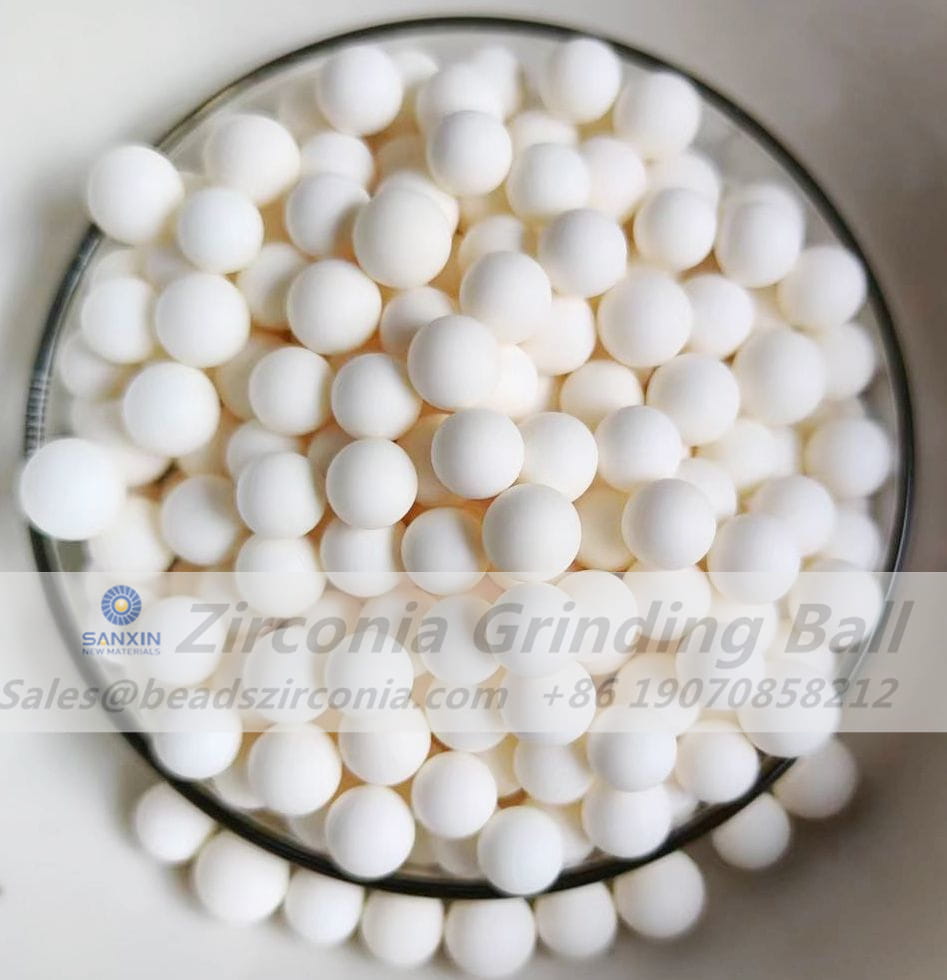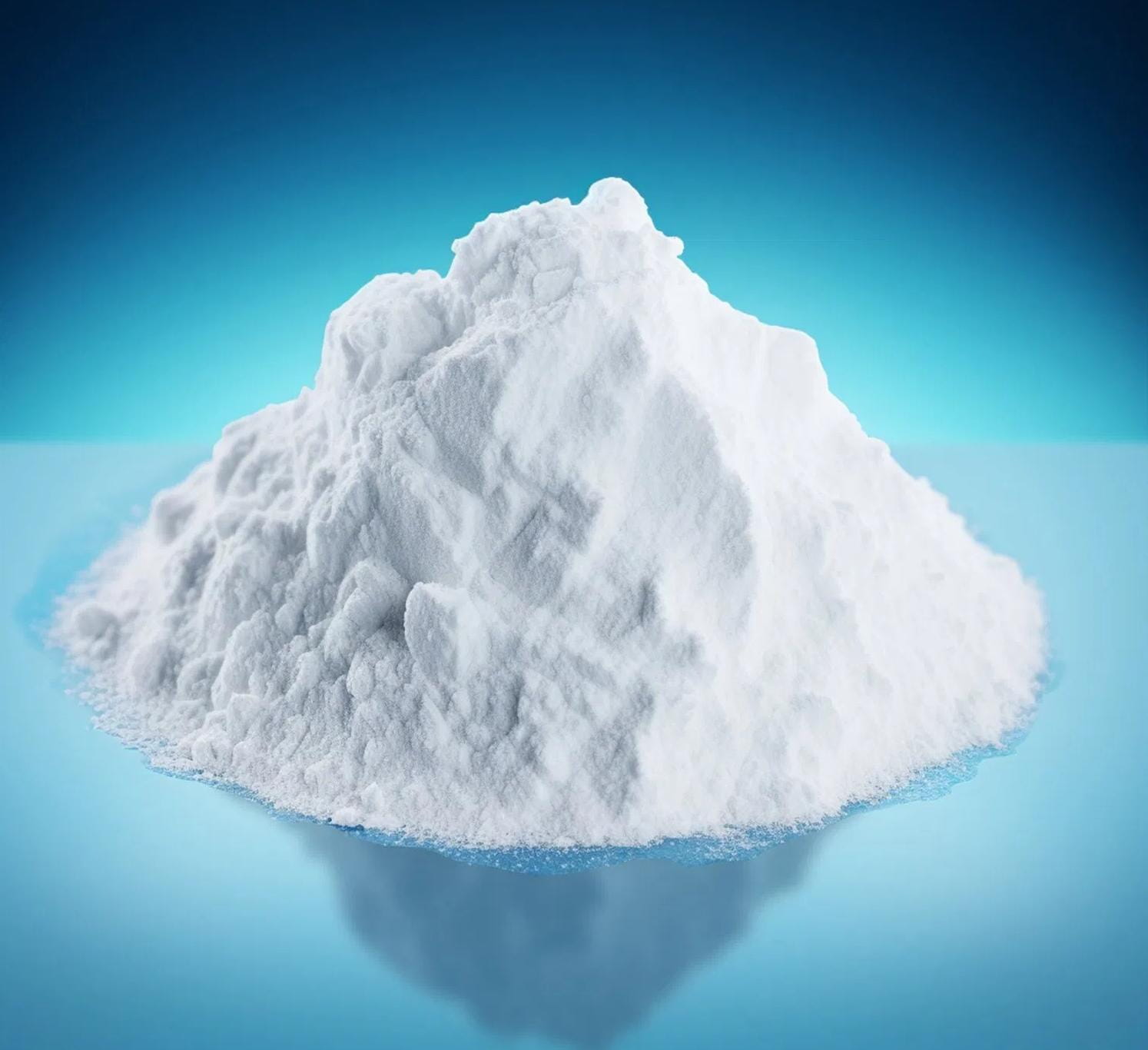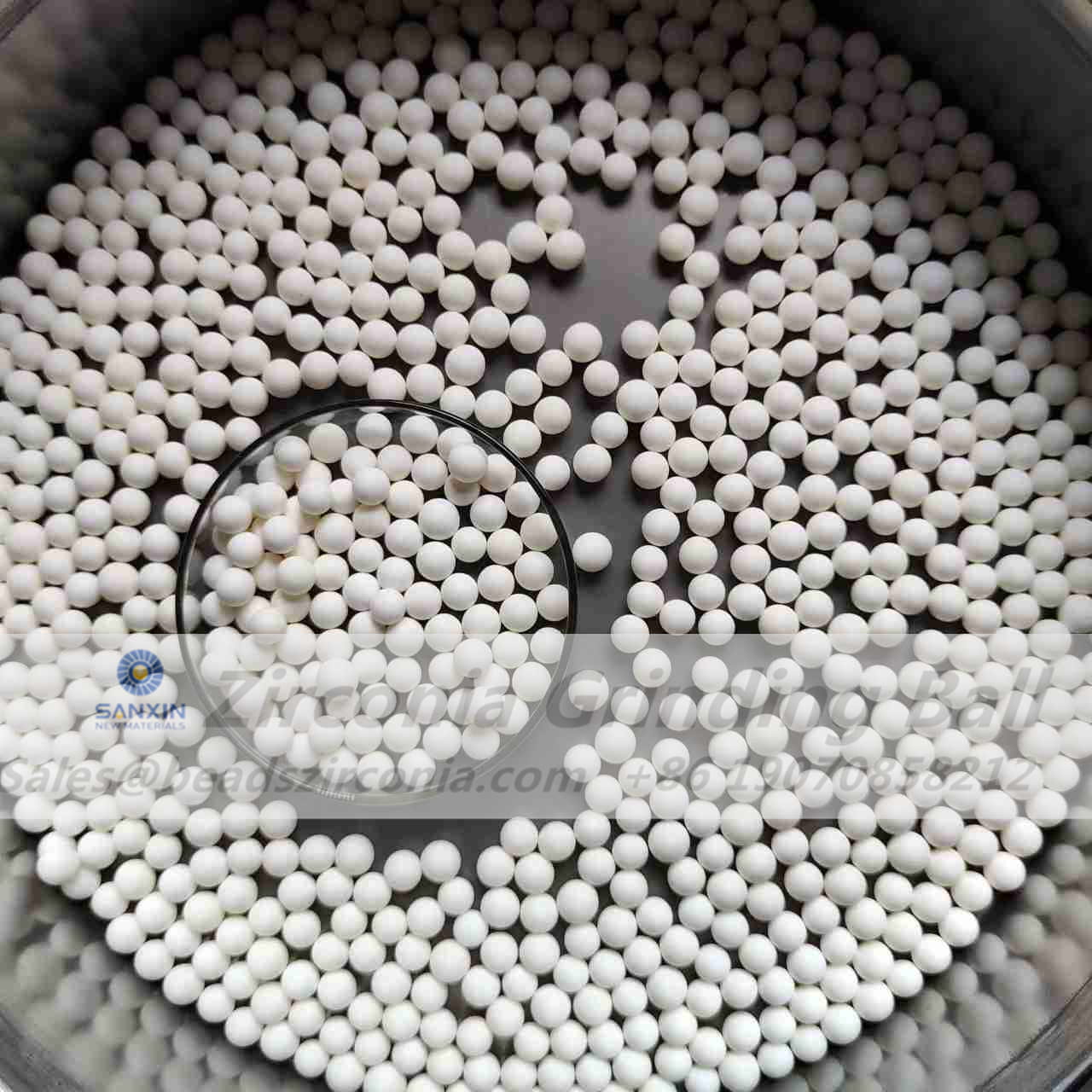
High Purity Alumina (HPA), chemically known as aluminum oxide (Al₂O₃), is a non-metallurgical alumina product characterized by exceptional purity levels of 99.99% (4N) and above. Unlike standard alumina used in aluminum smelting or basic ceramics, HPA is tailored for cutting-edge industries where purity, thermal stability, and electrical insulation are non-negotiable.
As technological demands increase across sectors such as electric vehicles, semiconductor fabrication, LEDs, and synthetic sapphire production, the demand for ultra-pure materials like HPA continues to escalate. Global innovations in renewable energy storage and optoelectronics rely on the purity, performance, and consistency that HPA delivers.
HPA offers a host of material properties that make it an ideal candidate for demanding applications:
High melting point (over 2,000°C)
Superior hardness (9 on Mohs scale)
Excellent electrical insulation
Exceptional chemical inertness
High thermal conductivity
These traits enable HPA to maintain integrity under extreme thermal and mechanical conditions, supporting its use in clean energy and advanced manufacturing environments.
HPA is classified based on purity:
| Grade | Purity Level | Application Scope |
|---|---|---|
| 3N | 99.9% | Basic ceramic substrates, abrasives |
| 4N (99.99%) | High-end LEDs, lithium battery separators | |
| 5N (99.999%) | Semiconductor insulators, wafer polishing | |
| 6N (99.9999%) | Ultra-sensitive optical and electronic uses |
Even the slightest impurity can compromise product functionality in sectors like microelectronics or solid-state lighting, hence the drive toward higher grades like 5N and 6N HPA.
As of 2022, the global HPA market was valued at over USD 1.5 billion and is forecast to grow at a CAGR of more than 20%, largely propelled by the booming electric vehicle and LED markets. Applications in sapphire substrates, solid-state batteries, and micro-LEDs are primary growth drivers.
Asia-Pacific: Dominated by LED and battery manufacturers in China, Japan, and South Korea.
North America: Home to advanced semiconductor and aerospace industries.
Europe: Strong emphasis on renewable energy and EV adoption.
LEDs account for over 50% of global HPA consumption. The base of a high-performance LED often starts with a sapphire substrate, made using 4N or higher purity alumina. Sapphire’s optical transparency, mechanical durability, and heat resistance are critical for modern lighting solutions.
In lithium-ion batteries, especially for electric vehicles, HPA is used as:
Coating material for ceramic-coated separators
Enhances thermal shutdown capabilities, mitigating short circuits.
Anode and cathode coatings
Prevents dendritic growth and improves long-term cycle performance.
This application alone is projected to account for over 20% of HPA demand by 2030.

The semiconductor industry uses HPA as:
An insulating dielectric layer
CMP (Chemical Mechanical Polishing) abrasive material
CMP requires extremely fine, hard, and uniform abrasives—ideally produced with the help of 4N or higher purity grinding media to maintain strict process control and surface quality.
As display technologies evolve, micro-LEDs are emerging as the next frontier. Their energy efficiency and brightness are unmatched, but they require high-quality sapphire wafers—produced directly from ultra-pure HPA powder.
High-purity synthetic sapphire is used in high-end applications such as:
Bulletproof glass
Optical lenses and laser components
High-strength windows for aerospace and defense
While HPA offers immense value, its production is complex, requiring precision in:
Feedstock selection (kaolin, aluminum alkoxide, or bauxite)
Chemical purification and filtration
Particle size control and phase transformation
Avoidance of cross-contamination during processing
This is where 4N HPA ceramic balls enter the equation, offering a contamination-free grinding solution that upholds the purity of the final product.
Sanxin New Materials Co., Ltd. plays a critical role in supplying 4N HPA ceramic balls, which are essential in the milling and grinding stages of high purity alumina powder production.
During wet or dry milling, raw alumina or intermediate powders must be finely ground into uniform particle sizes without introducing impurities. Conventional grinding media such as steel or even zirconia can introduce trace contaminants, lowering the overall quality of the HPA powder.
Chemical Compatibility: Prevents reaction with alumina feedstocks.
Hardness and Density: Ensures aggressive grinding without particle breakdown.
No Contamination: Maintains HPA purity during extended milling.
Thermal Resistance: Withstands high operational temperatures during dry grinding.
Sources like aluminum alkoxides, kaolin clay, or refined bauxite are converted into aluminum hydroxide through precipitation. This intermediate must then be calcined and milled to achieve the desired alpha-alumina phase.

The dried alumina undergoes mechanical grinding in a ball mill lined with and loaded with 4N HPA ceramic balls. Key variables include:
Ball-to-powder ratio (BPR)
Rotational speed
Milling time
Solvent selection (for wet milling)
Sanxin’s 4N HPA balls ensure:
Zero iron or zirconium contamination
High wear resistance for longevity
Consistent particle size distribution
After milling, the slurry is filtered and classified into narrow particle size distributions using air classifiers or hydrocyclones. Oversized particles are recycled for additional milling.
The fine powder is calcined at 1,200–1,600°C to promote alpha-phase transformation, enhancing mechanical strength and thermal conductivity.
The resulting HPA powder is:
Checked for particle morphology
Screened for purity using XRF/ICP analysis
Packaged in controlled environments to avoid contamination
| Property | Value |
|---|---|
| Purity | ≥ 99.99% |
| Density | ≥ 3.9 g/cm³ |
| Hardness | Mohs 9 |
| Wear Rate | < 0.001 g/kg/h |
| Size Range | 0.1 mm to 11 mm |
| Shape | Spherical, with mirror finish |
| Applications | Milling, dispersion, grinding |
Sanxin’s precision-engineered HPA balls are ideal for cleanroom and high-spec production environments, offering unmatched consistency and durability.
A global semiconductor manufacturer faced contamination issues when using zirconia media to produce CMP slurries. Upon switching to Sanxin’s 4N HPA balls, they achieved:
100% elimination of zirconium and silica contamination
20% improvement in surface roughness control
15% longer tool life during wafer processing
This case demonstrates the critical impact of milling media on final product quality.
Sanxin New Materials Co., Ltd. is a trusted supplier in the field of precision ceramics, specializing in:
Ceramic milling balls
Nano-sized powders
Wear-resistant ceramic linings
High-purity zirconia and alumina products
With decades of experience, Sanxin supports customers in industries such as lithium battery production, semiconductor fabrication, and advanced ceramics with high-performance solutions tailored for purity and performance.

Submit your demand,
we will contact you ASAP.

Sanxin New Materials Co., Ltd. focus on producing and selling ceramic beads and parts such as grinding media, blasting beads, bearing ball, structure part, ceramic wear-resistant liners, Nanoparticles Nano Powder

